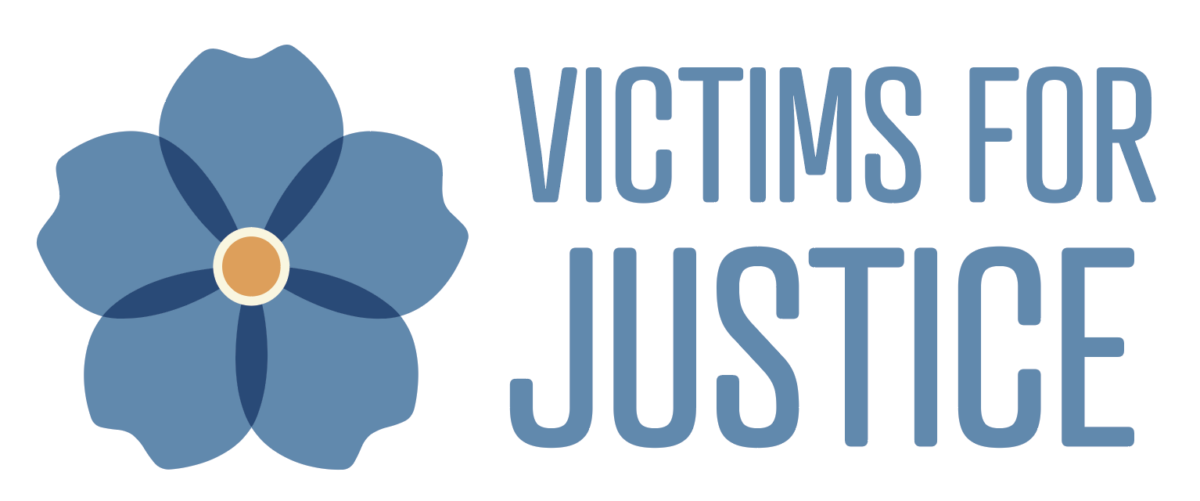A new statewide survey reveals a staggeringly high percentage of Alaska women face victimization in their homes, relationships and communities, figures that are likely underreported and on the rise.
According to the 2020 Alaska Victimization Survey, conducted by the University of Alaska Anchorage (UAA) Justice Center and the Council on Domestic Violence and Sexual Assault, nearly 60% of Alaska women surveyed reported having experienced intimate partner violence, sexual violence, or both during their lifetime.
That’s a 14.7% increase from a similar study conducted in 2015.
Some 2,100 women over 18 participated in the survey. It found that 48 out of 100 Alaska women reported intimate partner violence; 41 out of 100 Alaska women experienced sexual violence; and 58 out of 100 experienced either of these types of violence over the course of their lifetime.
“This survey helps give voice to the hundreds of victims of violence across our diverse state,” said L. Diane Casto, executive director of the Alaska Council on Domestic Violence and Sexual Assault.
The data shines a light on the scope of the problem, increases public awareness and should help policymakers better align and direct resources to the areas that need them the most, she said.
The lead researcher on the project was UAA’s Dr. Ingrid Johnson.
The numbers were collected via household survey of randomly selected adult women in Alaska. Participants are asked a series of behaviorally specific questions to determine their experiences with lifetime and past year intimate partner violence, sexual violence, and stalking, according to the researchers.
The high abuse statistics likely reflect only a fraction of what Alaska women actually experience.
Numerous studies, including national victimization surveys, have found the majority of individuals who experience rape/sexual assault and nearly half of those who experience intimate partner violence do not report their victimization to police.
Researchers say the best way to gather data on crime victimization is to ask a large number of individuals whether or not they have been victimized, and make estimates based on those data.
Read the study here.

Recent Comments